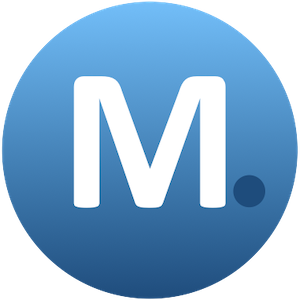Source: Maritime New Zealand
The Port Health and Safety Leadership Group enthusiastically welcomed the Approved code of practice for loading and unloading cargo at ports and on ships (ACOP) when it came into effect late last year.
The Leadership Group has made implementing the ACOP one of its top priorities so that it is widely understood and the benefits are felt across the sector.
To achieve this it has divided the work into workstreams, each responsible for specific areas of the project. This will allow a deliberate, risk-based approach and make sure there is a focus on the critical risks that are top of mind for the sector. Two of the groups focus on education tools and guidance to supplement areas of the ACOP that may need more information or where the sector feels it needs more support.
Education tools: From feedback gathered from two industry workshops held last year, we’ve decided to begin with ‘risk management’ as the first topic for education tools. Positive feedback and agreement has been received from the developer group (representatives from ports, unions and stevedore companies, and companies with backgrounds in port operations, education and training) on the proposed structure, learning objectives and content for the e-learning modules. Next step is to design and develop the three modules, which will include ‘talking head’ style videos of port workers and health and safety representatives. We have engaged a photographer/videographer to film at ports and reached out to the Rail and Maritime Transport Union to assist us with seeking representatives to film on site.
Future topics will be ‘working at height’,’ loading and unloading cargo’, and ‘work environment and fatigue’.
Guidance: This workstream will be developing resources to assist in interpreting and implementing the ACOP, ensuring clarity and practical application across the sector. Guidance about ‘confined spaces’ and ‘hazardous atmospheres’ is being developed and future topics will be based on the critical risks identified in the Leadership Group’s action plan. ‘Working at height’ is likely to be the next topic.
Maritime NZ is also working with the commercial fishing sector to get an understanding of how the ACOP may apply to their operations, as well as developing guidance with them.
Inspections: Alongside the workstreams, Maritime NZ has been conducting proactive inspections relating to critical risks within the ACOP. The first focus has been how a person conducting a business or undertaking (PCBU) is effectively managing hazards to health and safety relating to the loading and unloading of breakbulk cargo (logs). The next focus area will concentrate on containers. Following this phase of the inspections, Maritime NZ will feed back its findings and themes to the Leadership Group and the sector, and this will also support future guidance and education material being developed.
Over time we will create resources to support the ACOP.
Useful information:


